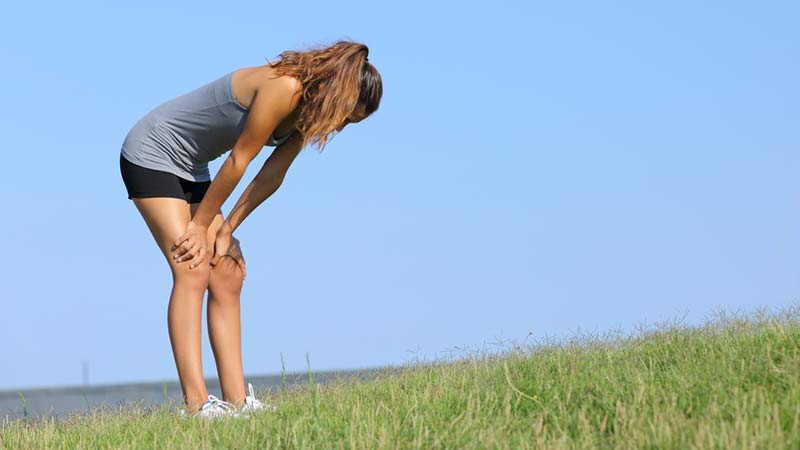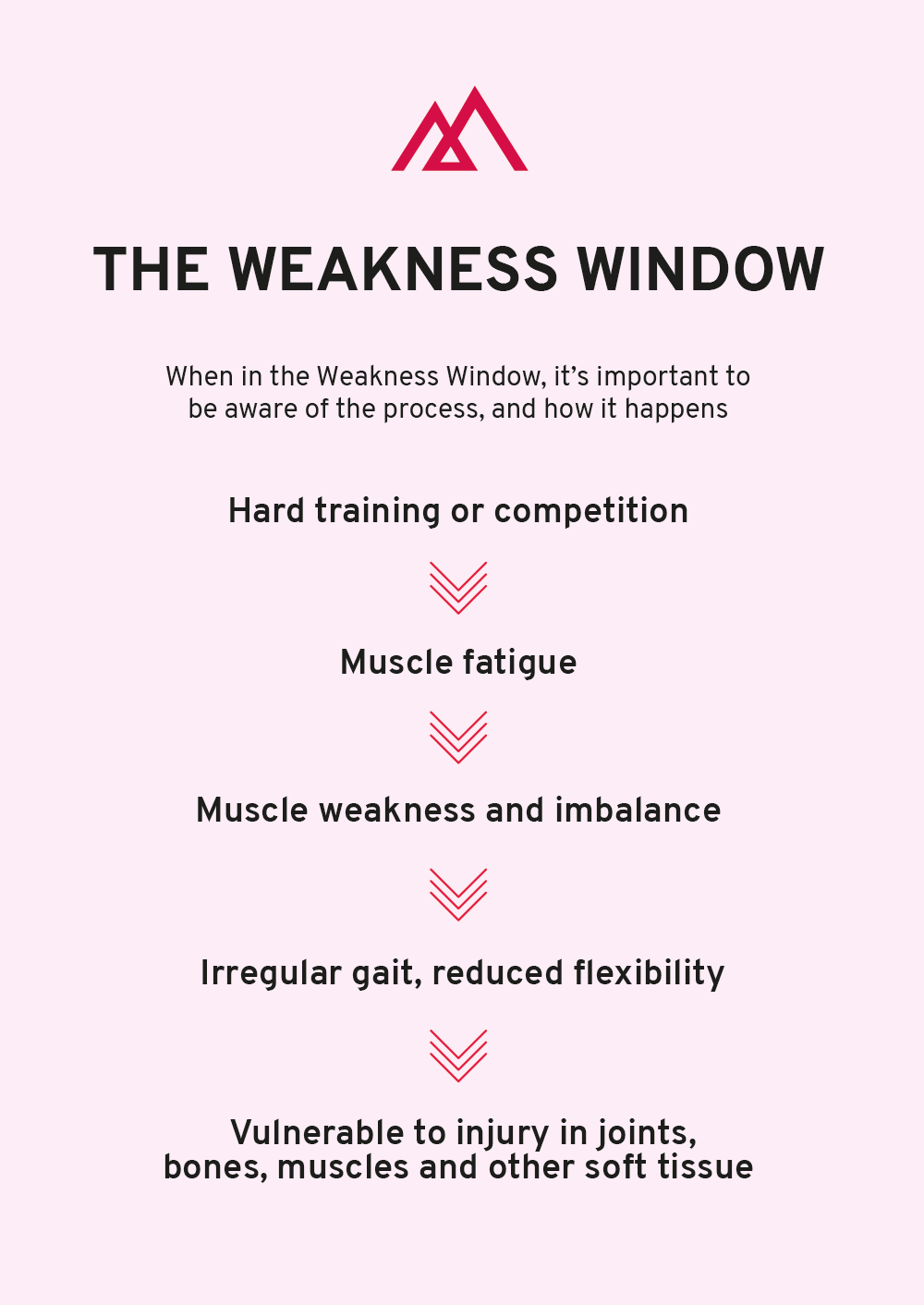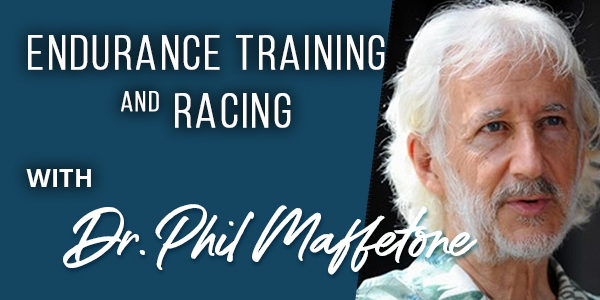
What you need to know to stay healthy during this important phase of getting fitter.
Successful and healthful fitness training always stresses balancing the exercise load with adequate rest and recovery, including learning to recognize what I call the weakness window following harder efforts to avoid injury and exhaustion.
A weakness window specifically is a period of time when the body naturally loses strength following a tough workout until complete recovery from the effort. Being aware of this normal process can help keep you safe when you are particularly vulnerable to physical, biochemical and mental-emotional damage.
Following moderate to hard exercise, muscles battle fatigue as they literally become weak for a period of time, sometimes for three days or more, and based on the intensity of training. In the case of post-athletic competition, that window lasts much longer. During this timeframe, posture distorts and gait goes awry, making joints, bones and soft tissues vulnerable to reduced performance and injury.
Everyone who exercises gets weak. This weakness window typically follows a high-intensity running, biking or swimming session, weight-training, or a race or other athletic competition. Of course, it’s not always sports-specific. If we decide, for example, to clean out the garage or perform a month of yard work in one long Saturday afternoon, we can also open a weakness window. For some, it may only occur at the start of a program or with the addition of certain types of workouts, like weight-training. In others it’s weekly during harder training, or during competition.
It not only happens to competitive athletes who train and compete hard, but beginners not adapted to exercise, those expanding their routines, and even inactive people who do something uncharacteristically physical.
Working the muscles with harder-than-normal efforts can improve fitness. This is the easy part. More difficult is proper rest and recovery, thus avoiding sacrificing health for additional strength or speed. Even more difficult is learning to be aware of this weakness window. The warning signs are deceptive and sometimes vague or difficult to describe, and not the same in all people. But if we don’t heed the warnings the body gives us, we will suffer the consequences.
These warnings include muscle weakness and fatigue, soreness and pain. Those most aware of their bodies know things are not just right, especially after a warmup when our gait should be better, little aches go away and we feel more ready for the remainder of the workout.
Sometimes, however, we’re deceived into believing we’re fine. A hard training session or race can create a euphoric feeling. We certainly feel it in our muscles, but remain excited over our triumph. We want more of it. Our sympathetic nervous system is on high alert. But the idea of reducing our activity over the next few days, or resting altogether — we mistakenly think — is not what sports is all about.
We feel it if we’re honest. Muscles don’t move quite as well the next morning. We may have some aches or even pains. It takes a while before we’re loosened up. During this important period of time in our active lives we must allow our bodies to repair.
When we’re in the weakness window, the body’s recuperative powers are on high alert. What we need most is recovery — the fastest and best way to build more fitness without sacrificing health. This means rest and can range from zero exercise, commonly needed following a hard competition like a marathon or triathlon (longer efforts require even more recovery), to easy exercise days, which can even include walking. Unfortunately, most people train too much during their weakness window, they don’t obtain as much training benefits, increase their risk for injury, or continue accumulating stress that can lead to their demise.
While warming up and cooling down can help reduce adverse muscle responses to exercise, here are other ways to help promote recovery during your weakness window:
- Avoid moderate or higher-intensity exercise.
- Don’t compete.
- Avoid too much other physical activity, especially things you’re not used to doing.

Heeding the body’s need to recover can speed the process, prevent pain and injury, and lead to a better athletic life.
The key remedy is rest. It’s part of the recovery process. it includes an increased need for sleep. Perhaps even more than the 7-9 hours of uninterrupted sleep that is a standard healthy recommendation.
In addition, it can be helpful to pay even closer attention to nutrition during this period as good food can help the body recover. A Phil’s Shake can help get additional nutrients to recovering muscles. Whey protein also may have therapeutic effects.
It’s easier to be aware of the weakness window when pain appears. In this case, it may mean the previous workout was too much for the body’s ability. While this may be one of the sacrifices made during athletic competition, along with the need for reduced post-race training, for example, HIIT or weight-lifting to the point of fatigue that causes pain indicates the workout was beyond your athletic ability. Perhaps the pace was too fast, heart rate too high or distance too far. In some cases, the combination pushes us over the edge.
During the process of recovery from a single high-stress training session, temporary muscle weakness can become significant beginning with the workout and lasting up to 72 hours. After competition, it can last much longer depending on the event. A marathon or Ironman triathlon will take weeks compared to a 10K. A weakness window may be a necessary part of a training program for those seeking to build bulk muscles, but can reduce the normal support of joints, ligaments and tendons, even bones and other muscles. The result is impaired posture and gait, which further increases the risk of a physical injury during this period.
In addition, the weakness window further can increase stress hormones, potentially leading to impaired endurance, hormone imbalance, depression or anxiety, and other problems.
Unfortunately, excess muscle fatigue leading to weakness is not usually discussed, but rather glorified in our society. Despite its harm, many people respond to fatigue’s discomfort by medicating it, which can have serious side-effects, and even delay recovery, making the weakness window even longer.
Fatigue checklist
While the feeling of excess fatigue, weakness or pain should serve as a warning as discussed here, monitoring other symptoms are important too. Here is a simple checklist to find out if you are ready for exercise. If you answer “yes” to two or more of these, take it easy and reduce or take another training day off:
- You constantly feel muscle fatigue, tenderness or pain.
- You have rest days with no strength training less than twice a week.
- You get less than 7 to 9 hours uninterrupted each night.
- You wake up feeling tired or physically uncomfortable.
- You feel depression, anxiety, moodiness or other excess mental-emotional stress once a week or more.
- You feel little motivation for exercise.
- You do not get regular sun exposure on your skin (without burning).
- You feel ill or uncomfortable after training.
- Your training and racing footwear is uncomfortable and your feet are typically tired after training.
- Your measured power or pace at the same heart rate is declining over time, or has not increased in more than three months.
Muscle fatigue is not necessarily bad. Excess fatigue, and a mentality that fuels it — no pain no gain — is what’s harmful. Healthy fatigue is mild, perhaps moderate when first starting on a new program, and is necessary to create a training effect in the body — stronger muscles and bones.








